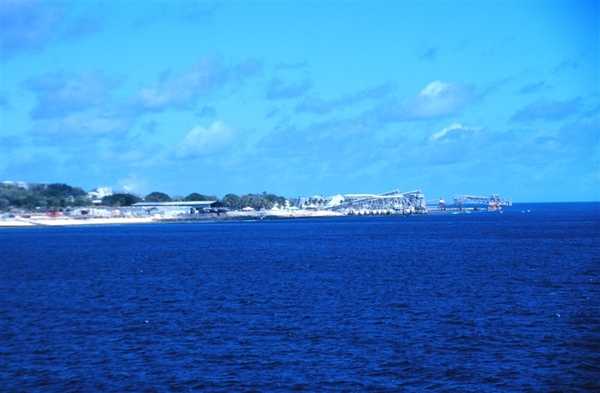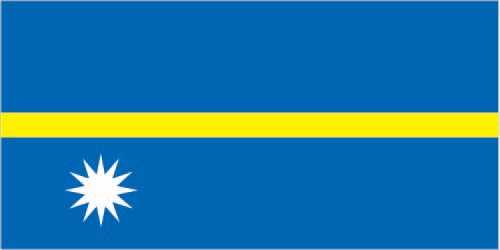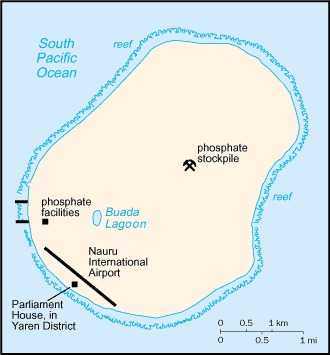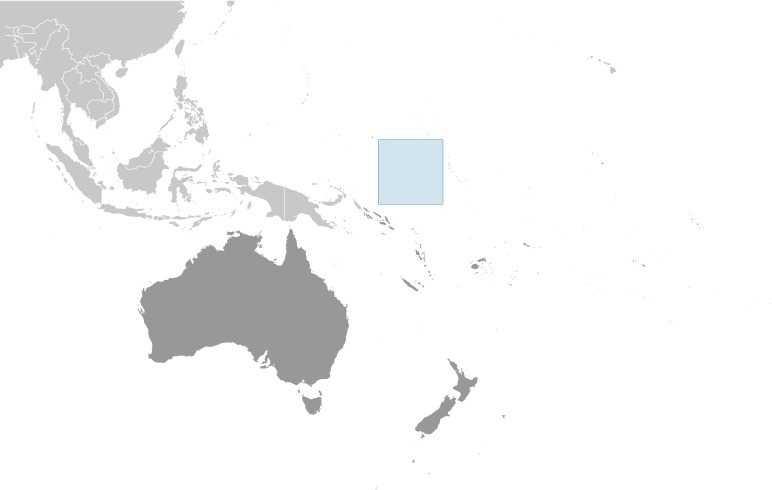Introduction
Visit the Definitions and Notes page to view a description of each topic.
Geography
People and Society
Population
comparison rankings: total 222; male 222; female 222
Median age
comparison ranking: total 156
Population growth rate
comparison ranking: 161
Birth rate
comparison ranking: 66
Death rate
comparison ranking: 138
Net migration rate
comparison ranking: 222
Maternal mortality ratio
comparison ranking: 27
Infant mortality rate
comparison ranking: total 151
Life expectancy at birth
comparison ranking: total population 187
Total fertility rate
comparison ranking: 68
Obesity - adult prevalence rate
comparison ranking: 1
Alcohol consumption per capita
comparison ranking: total 125
Tobacco use
comparison ranking: total 1
Education expenditure
comparison ranking: Education expenditure (% GDP) 39
Environment
Carbon dioxide emissions
comparison ranking: total emissions 209
Government
Economy
Real GDP (purchasing power parity)
comparison ranking: 217
Real GDP growth rate
comparison ranking: 154
Real GDP per capita
comparison ranking: 135
Inflation rate (consumer prices)
comparison ranking: 72
Taxes and other revenues
comparison ranking: 1
Current account balance
comparison ranking: 85
Energy
Communications
Telephones - fixed lines
comparison ranking: total subscriptions 224
Telephones - mobile cellular
comparison ranking: total subscriptions 219
Broadband - fixed subscriptions
comparison ranking: total 207
Transportation
Merchant marine
comparison ranking: total 164




